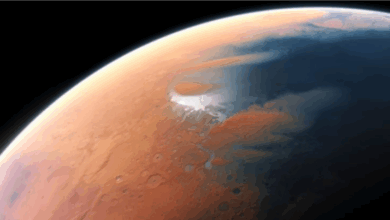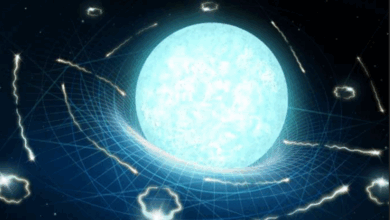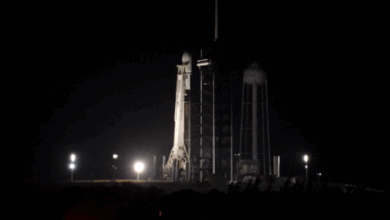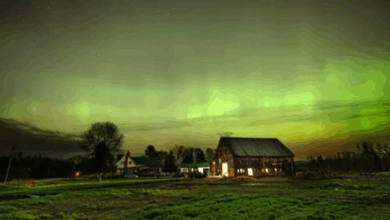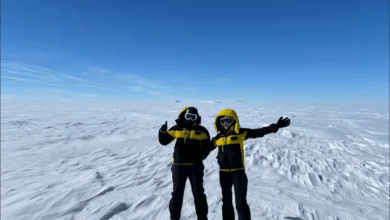The Webb Telescope obtains a clear view of a very heated alien world
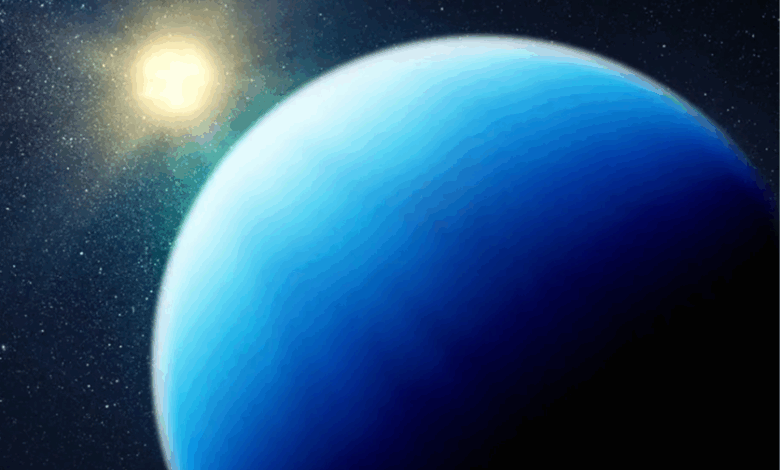
Sub-Neptunes may not orbit our Sun, but they are everywhere in our galaxy. These planets—larger than Earth, smaller than Neptune—make up the most prevalent variety of exoplanet we’ve detected so far.
Despite their abundance, much about them remains an enigma. That’s notably true when it comes to their dense, overcast atmospheres.
But due to NASA’s James Webb Space Telescope (JWST), that’s starting to change. A new observation of one of these planets, TOI-421 b, is offering an unusually clear view—literally—of what lurks inside a sub-Neptune’s heavens.
Breakthrough in exoplanet research
Scientists from the University of Maryland have been waiting a long time for this. With Webb’s sophisticated technology, they finally have the means to investigate sub-Neptune atmospheres in detail.
“I had been waiting my entire career for Webb so that we could meaningfully characterize the atmospheres of these smaller planets,” said Eliza Kempton.
“By studying their atmospheres, we’re getting an understanding of how sub-Neptunes formed and evolved, and part of that is understanding why they don’t exist in our solar system.”
These planets were first discovered by NASA’s Kepler space telescope. At the time, they were a surprise. Now, astronomers are rushing to figure out why they’re so common and what their dense atmospheres are concealing.
Rare, pristine atmosphere on TOI-421 b
Sub-Neptunes are challenging to observe. They’re larger than Earth but much smaller and colder than gas giants like Jupiter. Their feeble signals make it challenging to see what’s in their heavens.
Before Webb, almost every sub-Neptune that researchers looked at returned what’s called a flat transmission spectrum.
That means no chemical traces were visible—just a vacant line. Scientists believed that haze or clouds were obstructing their view.
That’s why TOI-421 b stood out. It looked like it might be different.
Atmospheric composition of TOI-421 b
“Why did we observe this planet, TOI-421 b? It’s because we thought that maybe it wouldn’t have hazes,” confirmed Kempton.
“And the reason is that there were some previous data that implied that maybe planets over a certain temperature range were less enshrouded by haze or clouds than others.”
That temperature threshold is around 1,070 degrees Fahrenheit (577 degrees Celsius). Below that, methane reacts with sunlight to form an atmosphere.
A transmission spectrum captured by NASA’s James Webb Space Telescope reveals the presence of water (H₂O) and the possible presence of sulfur dioxide (SO₂) and carbon monoxide (CO), but no evidence of carbon dioxide (CO₂) or methane (CH₄), in the atmosphere of the heated sub-Neptune exoplanet TOI-421 b. The observations corroborate the hypothesis that planets this heated (TOI-421 b is about 1,340°F) have pristine atmospheres that are not obscured by clouds and pollution. Click image to enlarge. Credit: NASA
But above it, planets should be too heated for methane to exist—and that could imply a clearer atmosphere.
TOI-421 b is hotter than that. Its surface temperature is about 1,340 degrees Fahrenheit (727 degrees Celsius). That gave researchers optimism, and Webb confirmed it: this planet’s atmosphere is indeed transparent.
Unexpected emissions detected.
Once they had an unobstructed view, the team noticed traces of water vapor in the atmosphere. They also saw traces of carbon monoxide and sulfur dioxide.
Some gases, including methane and carbon dioxide, were absent. And the most surprising element of all? An abundance of hydrogen.
“We saw spectral features that we attribute to various gases, and that allowed us to determine the composition of the atmosphere,” said Brian Davenport, a Ph.D. student at the University of Maryland who led the data analysis.
“Whereas with many of the other sub-Neptunes that had been previously observed, we know their atmospheres are made of something, but they’re being blocked by haze.”
The revelation of a hydrogen-rich atmosphere contradicted the researchers’ expectations.
“We had recently wrapped our minds around the idea that those first few sub-Neptunes observed by Webb had heavy-molecule atmospheres, so that had become our expectation, and then we found the opposite,” said Kempton.
This suggests TOI-421 b may have taken a different path during its genesis and evolution.
Star and planet combination
The composition of TOI-421 b’s atmosphere also appeared similar to gases present in the star it orbits.
“If you just took the same gas that made the host star, plopped it on top of a planet’s atmosphere, and put it at the much cooler temperature of this planet, you would get the same combination of gases,” said Kempton.
This is more like what we see in the gas giants of our own solar system, not other sub-Neptunes observed by Webb.
Another distinction is that TOI-421 b orbits a Sun-like star. Most previously observed sub-Neptunes have orbited much smaller red dwarfs. That might explain some of the differences—or maybe TOI-421 b is simply unique.
Finding more planets like TOI-421 b
To work out if TOI-421 b is a one-off or part of a larger pattern, scientists want to observe more sub-Neptunes in comparable temperature ranges.
If more heated, clear-skied sub-Neptunes turn up, that could give us a new window into how these planets form and what they’re made of.
“We’ve unlocked a new way to look at these sub-Neptunes,” said Davenport. “These high-temperature planets are amenable to characterization. So by looking at sub-Neptunes of this temperature, we’re perhaps more likely to accelerate our capacity to learn about these planets.”
One thing’s clear: TOI-421 b is no ordinary planet. But, with Webb’s assistance, scientists are just beginning to see what is concealed behind the haze.
